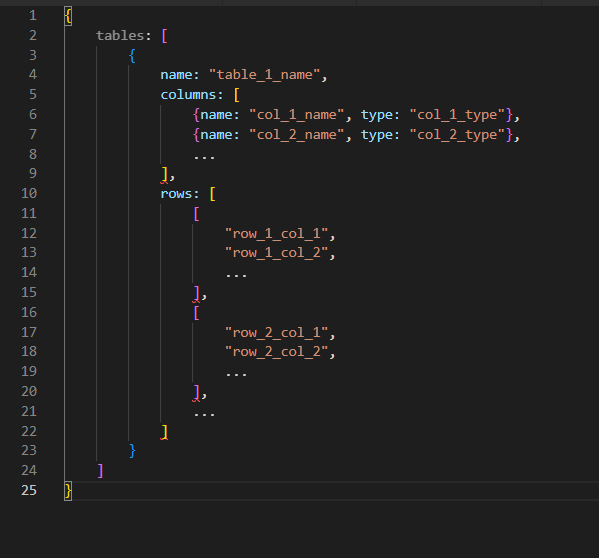Hello @Mohamed Abobakr (IBS) and welcome to Microsoft Q&A
I took a look at the doc you linked. I didn't see any pagination mechanism in the documentation or the example. I had a colleague try a big query, and it returned 1000 rows all in one go.
I don't think this api does pagination. This also means you can use the HTTP connector instead of the REST connector.
What is the reason you wanted to paginate? did you want to break things up into smaller chunks? Or did you run into some limit and it did start paginating?

